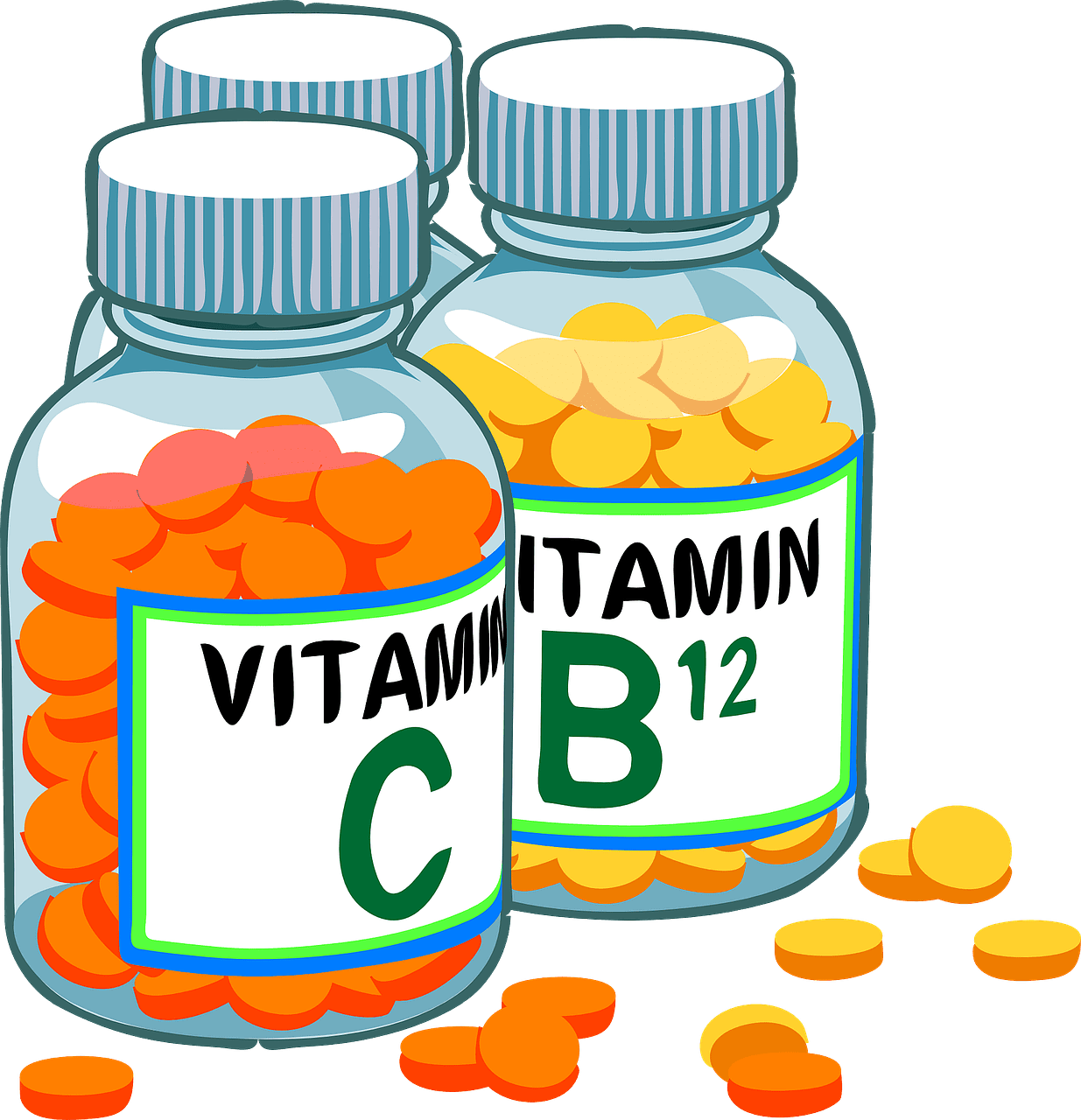Food Fortification

Types of food fortification
Commercial fortification
It is the kind of fortification done at the industrial level while processing food products. It is either done based on Govt. mandate (like to add Iodine to salt) or to enrich the food with the nutrients that are lost during the processing of food (example nutritional loss converting wheat into flour into bread). The process of food fortification in industries is regulated and has to meet the benchmarks set up by the country.
Biofortification

Fortified Banana Fruit (using GM techniques)
Advantages & Limitations of food fortification
Advantages
Limitations
Though there are many advantages, there are a few limitations of food fortification too. Food is generally fortified with one (or at most a few) nutrients at a time. A person suffering from multiple nutrient deficiencies will not be able to get all elemental needs fulfilled with a single food at a time. Also, one should have proper knowledge of which nutrients to be added to the food, and in what amounts. An overdose of the nutrient may lead to nutrient toxicity in people who already have a sufficient quantity of that nutrient and ingest more through fortified food.
Is it safe to consume fortified food?
Whether you realize it or not, you are already consuming a lot of fortified foods. Consider this
- The common salt you eat is Iodized.
- The milk you get is fortified with Vitamin D and Calcium.
- Bread and grain products are commonly fortified with folic acid.
Stay Informed. Stay Safe!